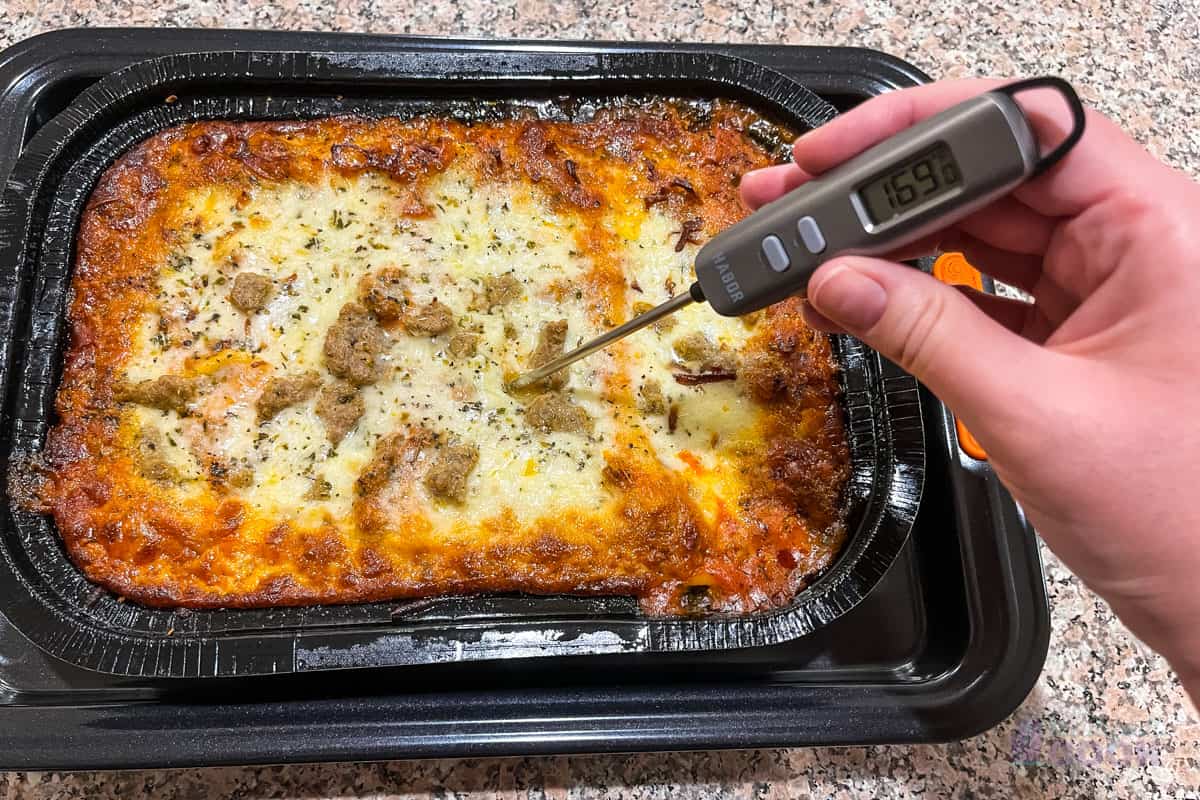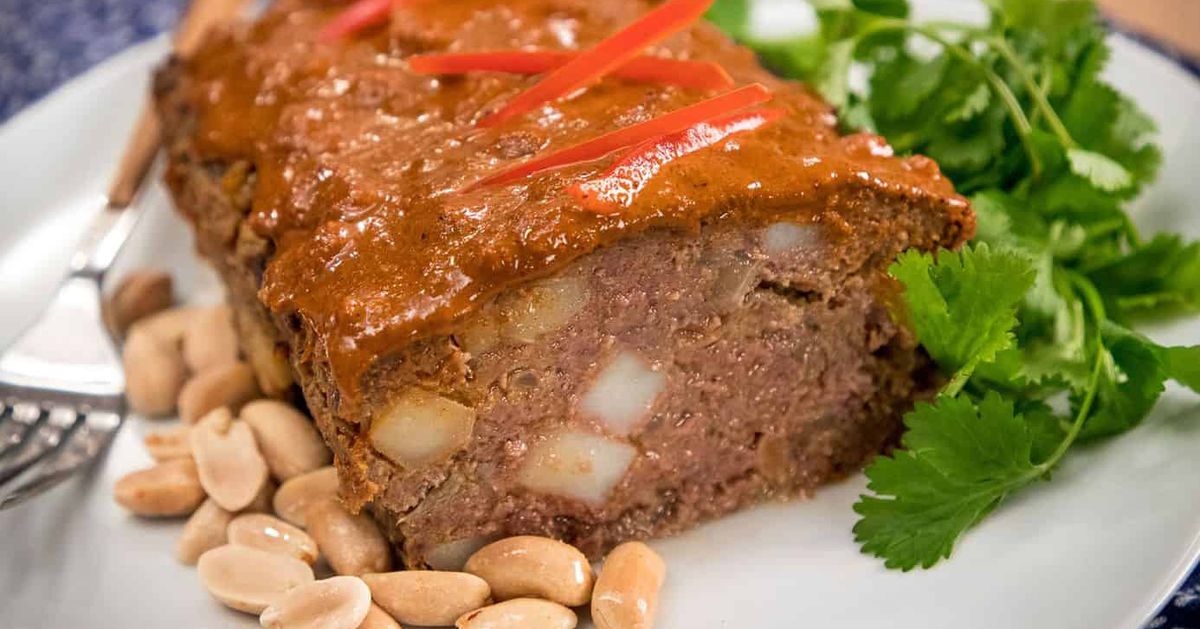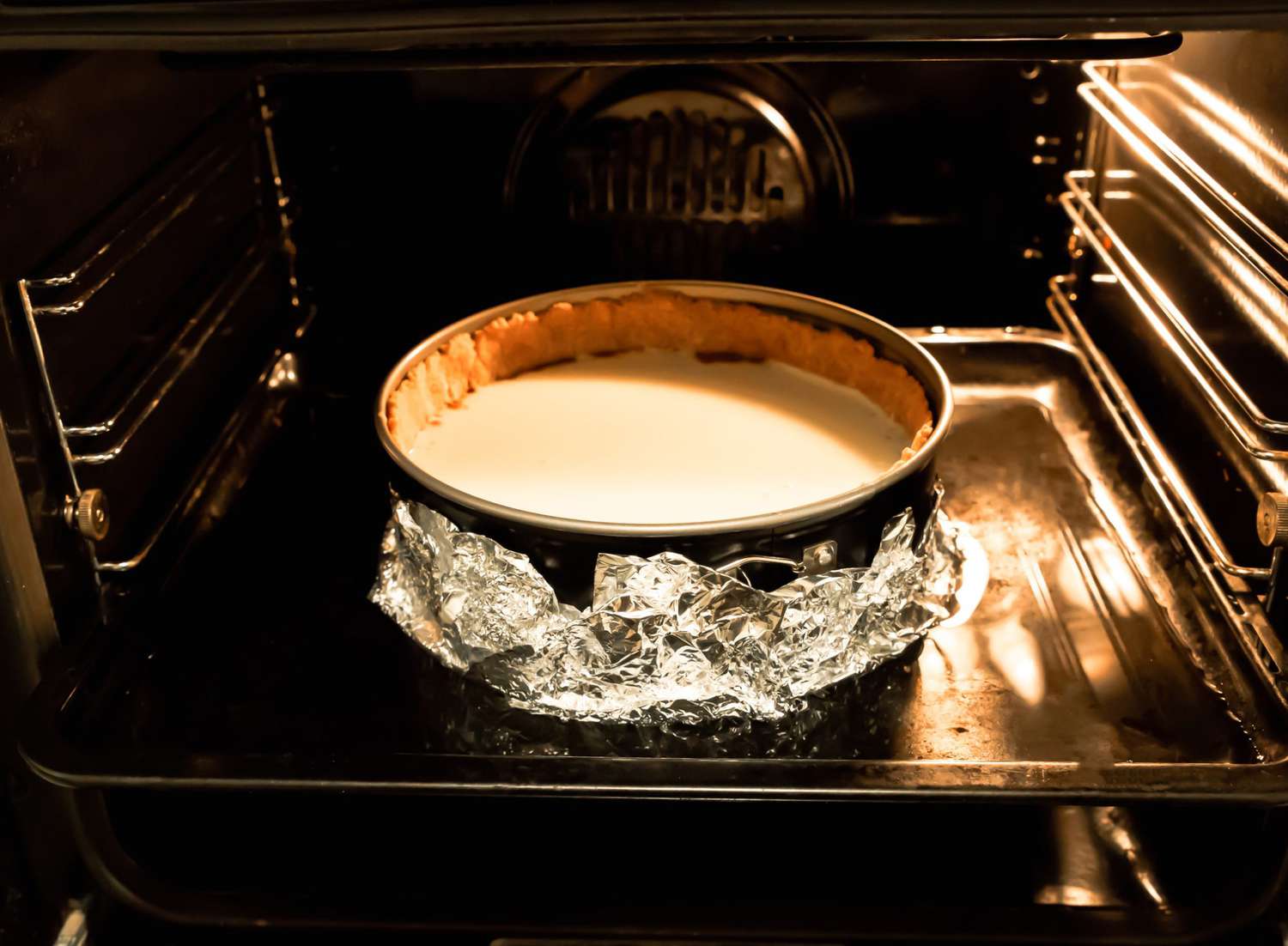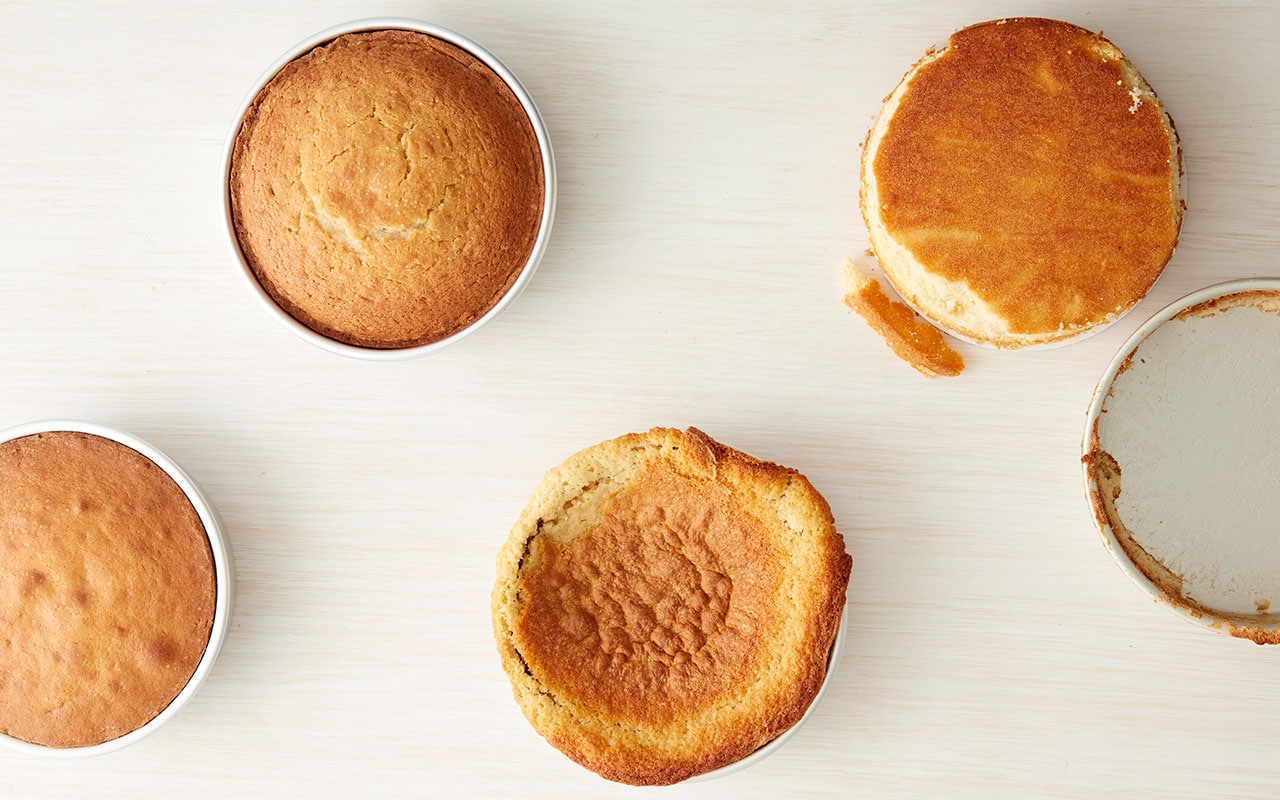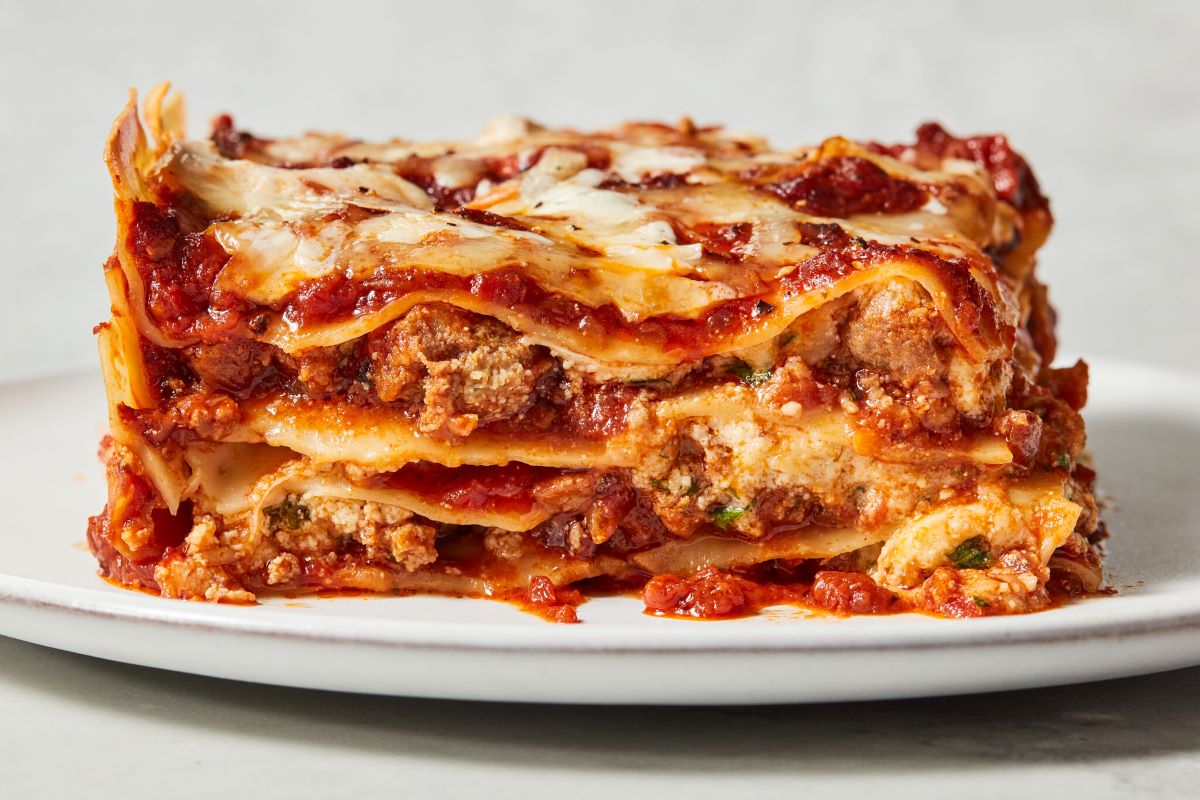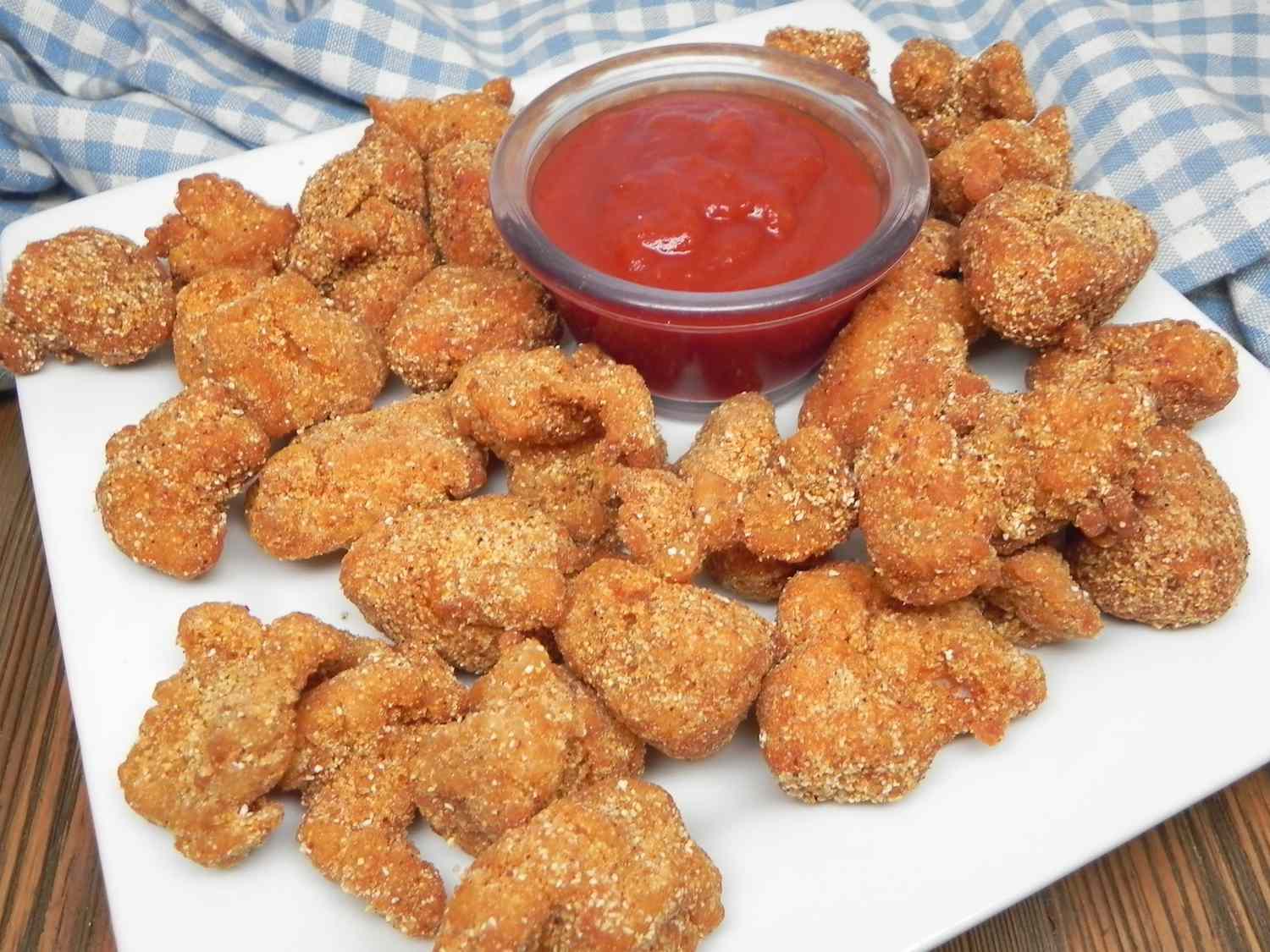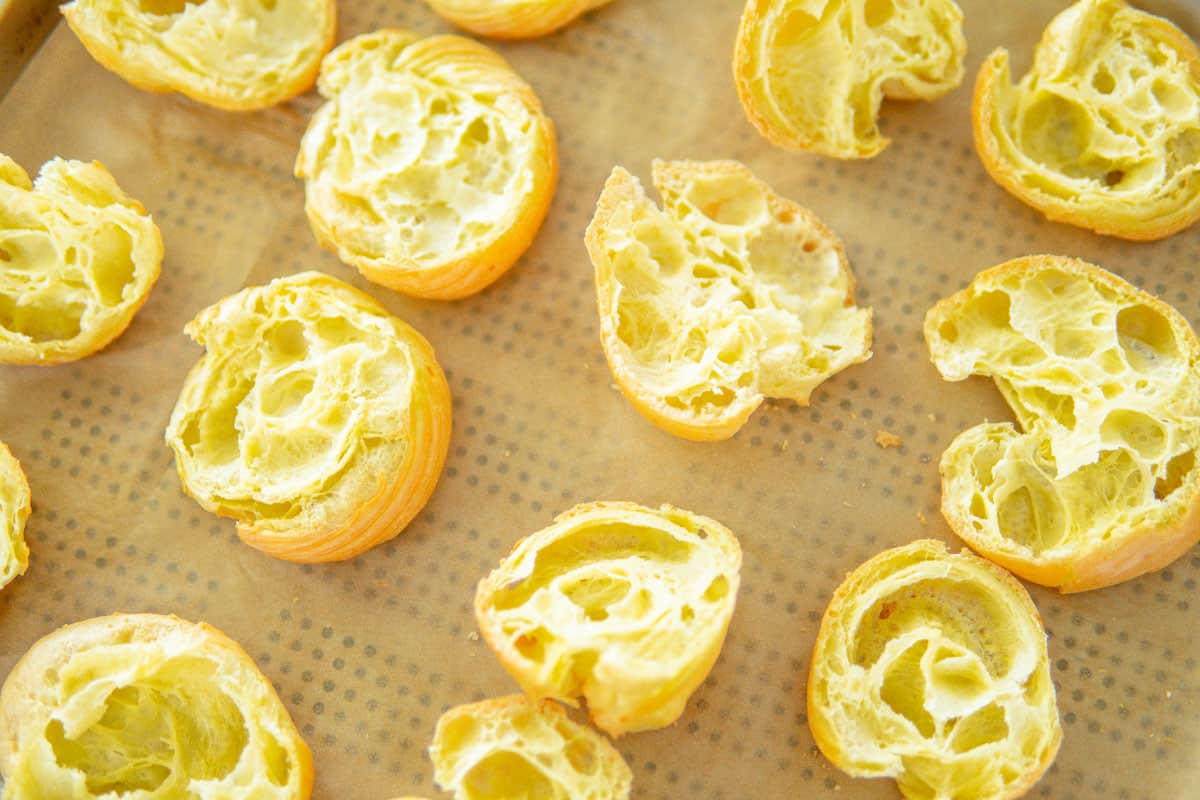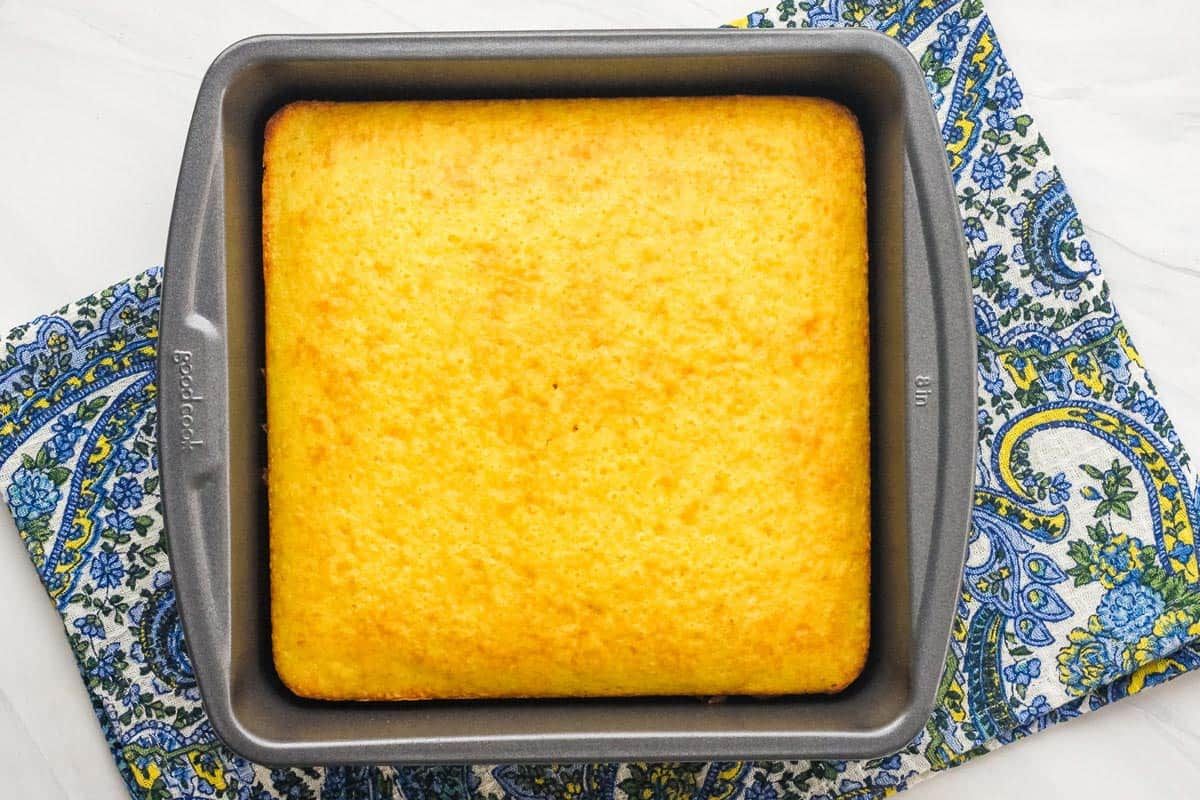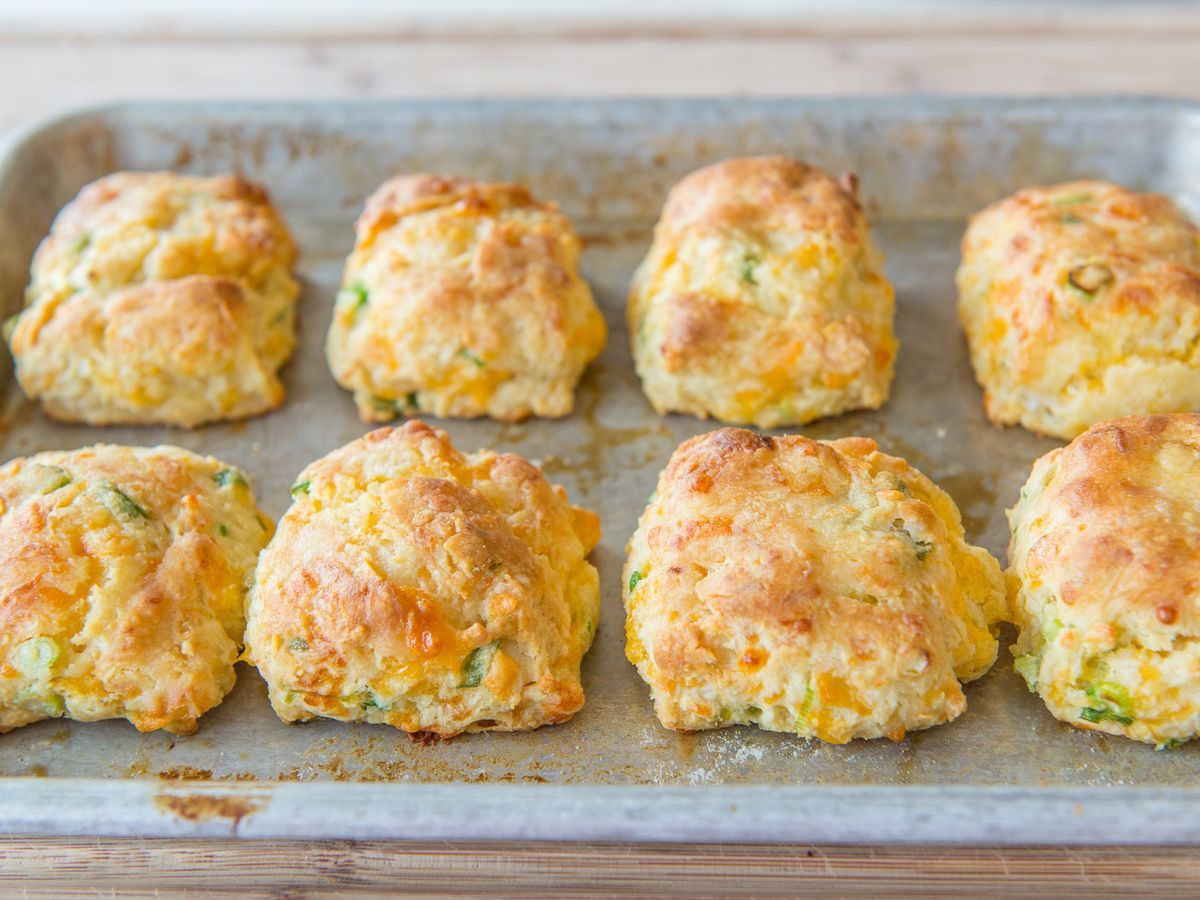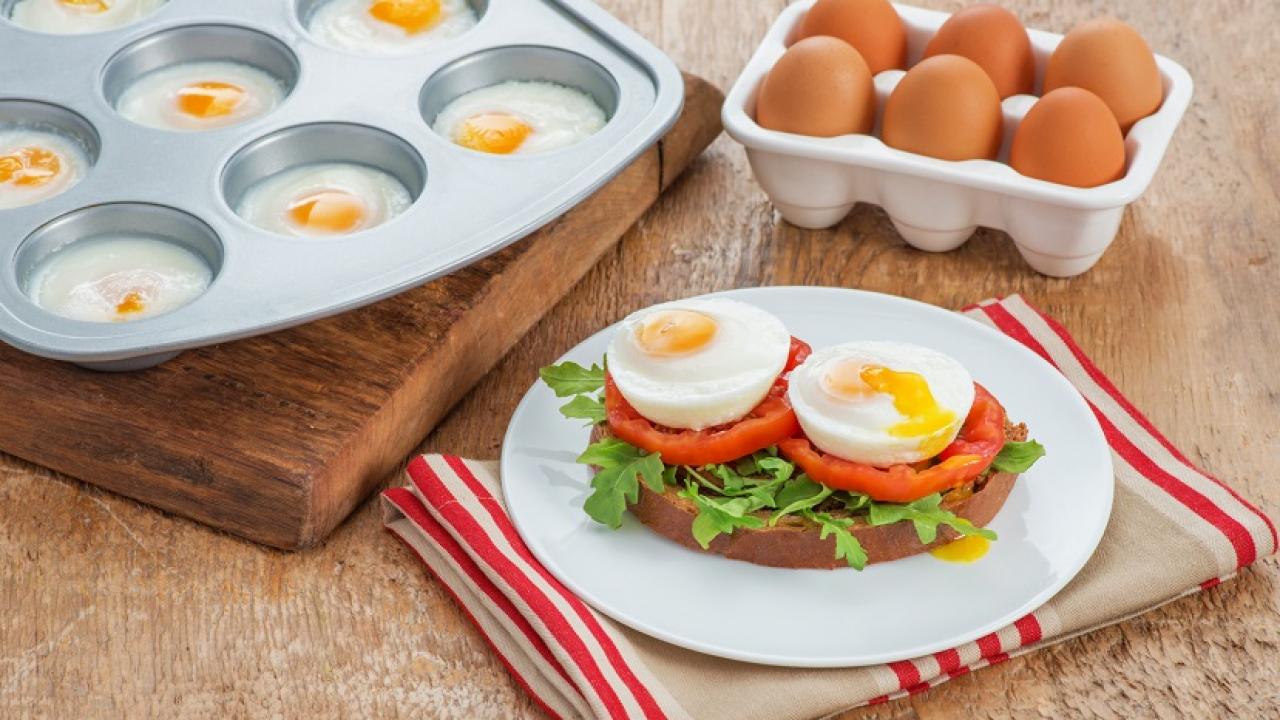How to Bake a Cake in the Oven: Preheat Temperature Tips
There’s nothing quite like the aroma of a freshly baked cake wafting through the kitchen. Whether you’re a baking enthusiast or a novice in the kitchen, mastering the art of baking a cake in the oven can be a rewarding experience. One crucial step in achieving a perfect cake is ensuring that the oven is preheated to the correct temperature. Here are some tips to help you achieve baking success:
Why Preheating the Oven is Important
Before delving into the specifics of preheating temperatures, it’s essential to understand why preheating the oven is crucial. Preheating allows the oven to reach the desired temperature before the cake batter is placed inside. This ensures that the cake bakes evenly and rises properly, resulting in a moist and fluffy texture.
Recommended Preheat Temperature for Baking Cakes
The recommended preheat temperature for baking cakes is 350°F (175°C). This temperature is ideal for most cake recipes and provides a balance between ensuring the cake bakes evenly without overcooking the exterior.
Tips for Preheating the Oven
Here are some tips to ensure that your oven is properly preheated before baking your cake:
- Allow Sufficient Time: Once you set the oven to the desired temperature, allow it to preheat for at least 10-15 minutes. This ensures that the entire oven cavity reaches the specified temperature.
- Use an Oven Thermometer: If you’re unsure about the accuracy of your oven’s temperature, consider using an oven thermometer to verify that it has reached the desired preheat temperature.
- Avoid Opening the Oven Repeatedly: Opening the oven door frequently can cause fluctuations in temperature, which may affect the baking process. Try to minimize opening the oven door unnecessarily.
Factors to Consider When Adjusting Preheat Temperature
While 350°F (175°C) is the standard preheat temperature for baking cakes, there are some factors to consider that may require adjustments:
- High-Altitude Baking: If you live at a high altitude, you may need to slightly lower the preheat temperature to prevent the cake from rising too quickly and then collapsing. Reduce the temperature by 15-25°F (8-14°C).
- Dark or Non-Stick Pans: When using dark or non-stick cake pans, consider reducing the preheat temperature by 25°F (14°C) to prevent the cake from browning too quickly.
- Convection Ovens: If using a convection oven, you may need to reduce the preheat temperature by 25°F (14°C) and keep a close eye on the baking time, as convection ovens tend to bake more quickly.
Testing for Preheat Readiness
One way to test if your oven has reached the desired preheat temperature is to use an oven thermometer. Place the thermometer in the center of the oven and check the reading after 10-15 minutes. This will give you an accurate indication of whether the oven has reached the specified temperature.
Conclusion
Mastering the art of baking a cake in the oven begins with understanding the importance of preheating and knowing the recommended preheat temperature. By following these tips and considering any necessary adjustments, you can ensure that your cakes bake to perfection, delighting your taste buds and those of your loved ones.
So, the next time you’re ready to bake a cake, remember to preheat your oven to 350°F (175°C) and enjoy the delightful results of your baking endeavors!
More Delicious Cake Recipes to Try
Having mastered the oven preheat temperatures, you're now perfectly poised to explore a variety of delightful cake recipes that utilize this foundational skill. Among the recipes well-suited for your new expertise, the Moist Red Velvet Cake Recipe stands out for its need for precise temperature control to retain moisture and richness. Another must-try is the Traditional Pound Cake Recipe, which relies on an accurate oven temperature to achieve its classic dense texture. For those interested in more adventurous flavors, the Pumpkin Spice Cake Recipe and Espresso Coffee Cake Recipe offer seasonal delight and a caffeinated twist, respectively. Baking these cakes will not only broaden your culinary repertoire but also give you a practical application of precise oven temperature settings.
Was this page helpful?
Read Next: How To Bake Quick Breads In A Bread Machine
